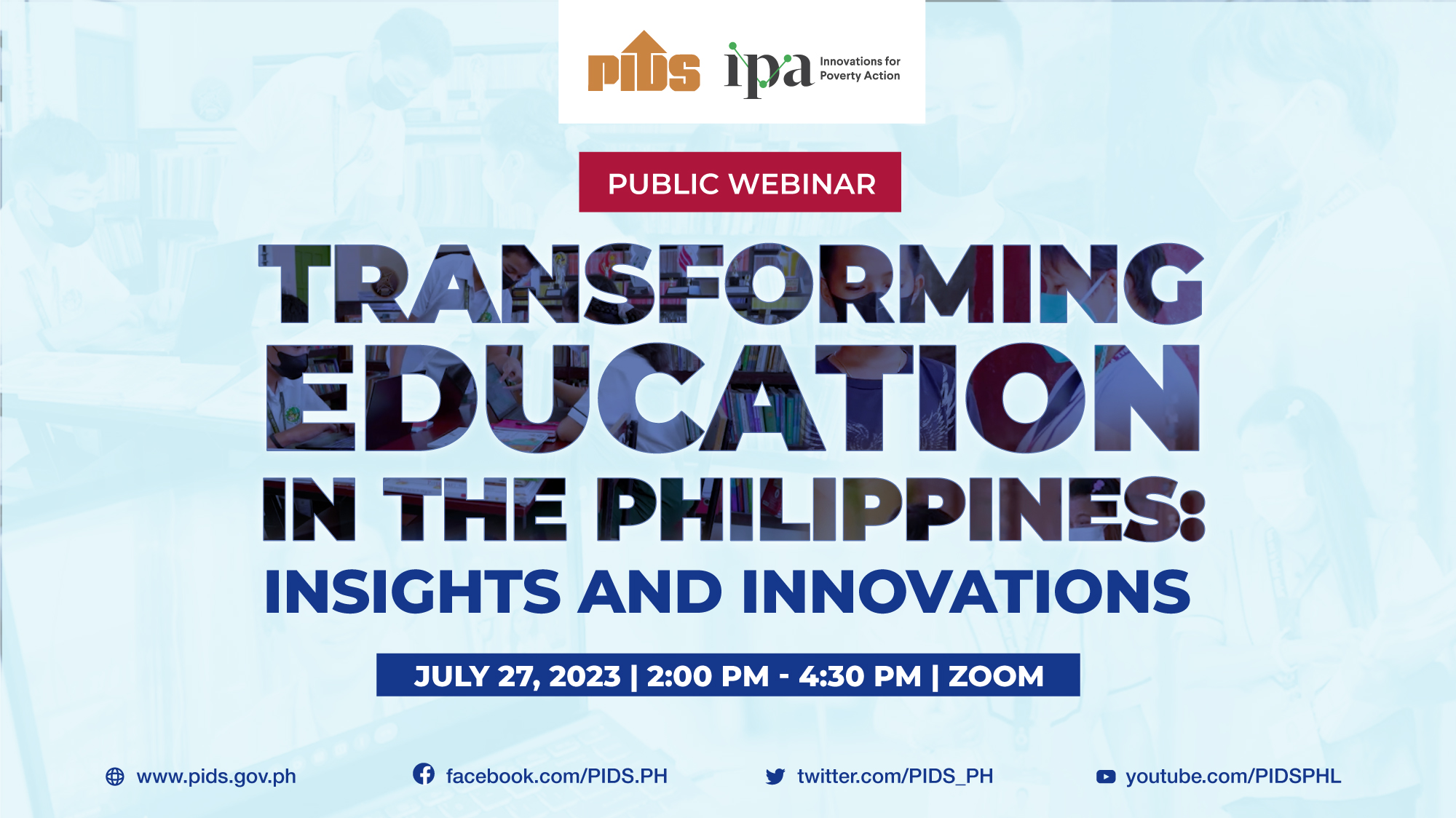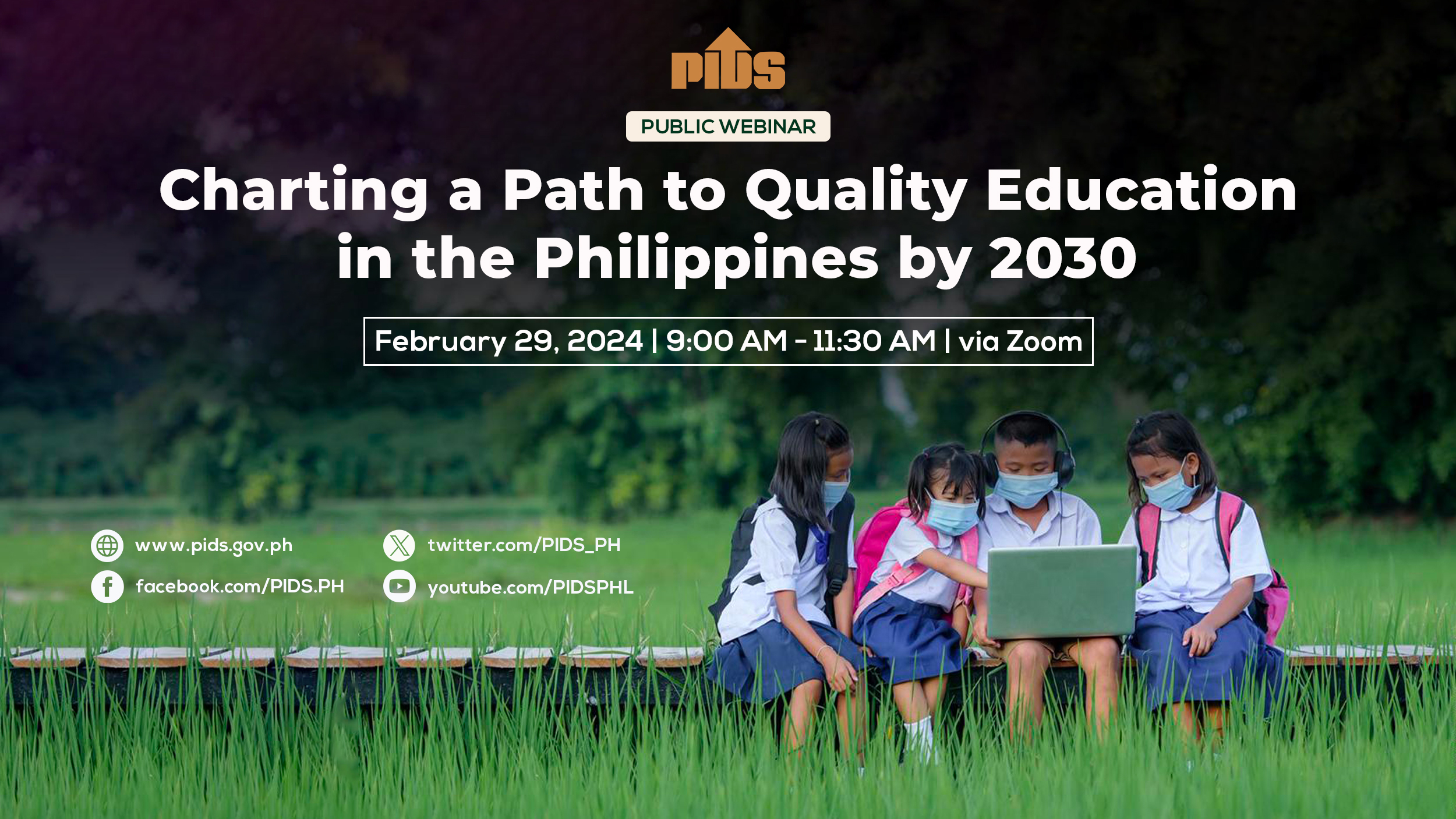While the emergence of affordable and accessible loans for farmers intensified over the years, the country’s premier think tank said these credit programs still remained unsuccessful as the lack of markets and low farm prices continued to deteriorate farmers’ repayment rates.
In a study titled “Towards a More Sustainable Financing of Small Farmers and Fisherfolk’s Agricultural Production,” the Philippine Institute for Development Studies (PIDS) cautioned that the government’s financing ecosystem would remain unsustainable and exclusive to a few if it would not be viewed in the bigger context of the industry’s value chain.
It noted that merely granting farmers and fishers access to affordable loans and increasing the government’s loan portfolio to agriculture would not result in long-term gains for the industry as these programs must be accompanied by other interventions, including the establishment of cold-storage facilities, processing hubs and the provision of insurance coverage.
“There is a need for well-thought-out lending programs, ones that are designed with clear objectives and are implemented when critical requisites are in place,” the PIDS said.
It added that the government’s loan packages must include training programs on financial literacy to educate beneficiaries on the proper use of money and the sustainable way to manage agribusinesses.
The PIDS noted that some small-scale farmers and fishers who availed themselves of government-funded loans did not repay due to the mindset that government money was free, as reflected in Landbank of the Philippines’ repayment rate of 20 percent.
Inadequate markets and low farm-gate prices have also hounded stakeholders, making it difficult for farmers and fisherfolk to repay their debts.
These challenges, the think tank said, “deepen as traders and merchants take advantage of the [farmers and fishers’] need to immediately sell their harvests.”
More than providing loans, the PIDS said the government’s vision must be anchored on empowering the country’s food producers through training and education.
At the same time, it should provide enough infrastructure that would allow farmers and fisherfolk to dictate the prices of their goods to unchain them from the grasp of middlemen.
Training, education key to uplifting farmers, fisherfolk












